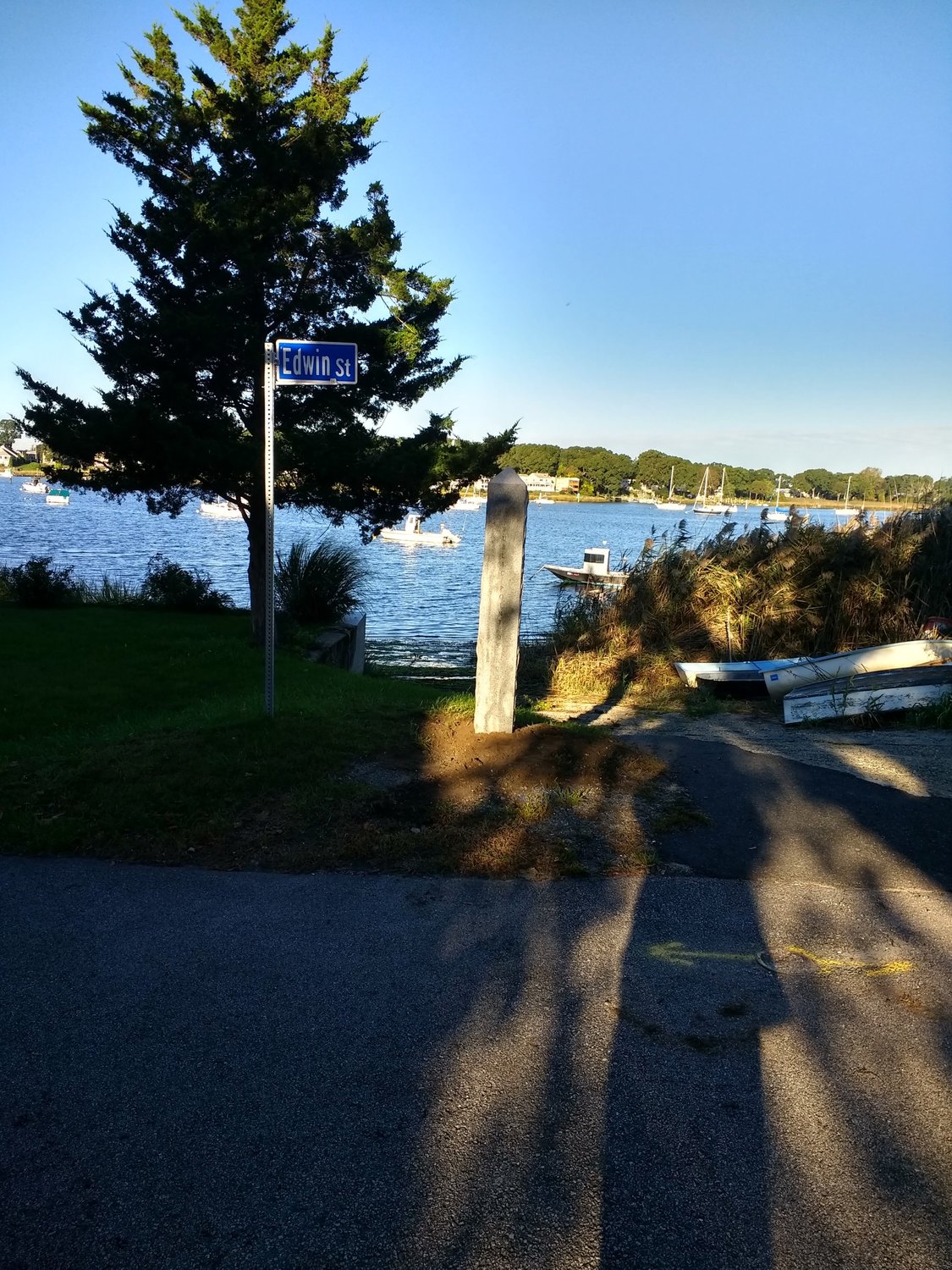Are public access points really for the public?
Prohibited parking makes it difficult for some to enjoy rights of way
Ken Block never gave public rights of way much thought. Then he got a dog.
The longtime Barrington resident said his family’s golden doodle loves to swim, so he often tries to find rights …
This item is available in full to subscribers.
Please log in to continue |
Register to post eventsIf you'd like to post an event to our calendar, you can create a free account by clicking here. Note that free accounts do not have access to our subscriber-only content. |
Day pass subscribers
Are you a day pass subscriber who needs to log in? Click here to continue.
Are public access points really for the public?
Prohibited parking makes it difficult for some to enjoy rights of way
Ken Block never gave public rights of way much thought. Then he got a dog.
The longtime Barrington resident said his family’s golden doodle loves to swim, so he often tries to find rights of way to the water where he can take her.
“She is a huge swimmer,” he said. “Trying to find a place where I can get her into the water is extremely difficult.”
Mr. Block believes rights of way should be great options for people to access stretches of coastline, but instead he found them nearly impossible to reach.
“There is literally no parking,” he said.
A little more than a month ago, Mr. Block drove to Watson Avenue where the former Carmelite Monastery property is located. He planned to take his dog to the beach located at the end of Watson, but discovered there was nowhere to park. In fact, the closest legal parking was located about a mile away.
He also realized that while the town offers other public access points and rights of way, the streets leading to many of those spots were all listed as “No Parking.”
“You’ve created a private reserve,” Mr. Block said. “And that’s not what a public access point is about.”
Mr. Block said the town should allow parking on streets near public access points. And in response to those who say people can ride their bikes or walk to rights of way, Mr. Block said he has a good friend and neighbor who is an amputee who would be unable to do so.
“How is he supposed to use these rights of way?” Mr. Block asked.
Mr. Block checked town maps for roads where parking is prohibited. He crossed that against a list of roads leading to rights of way. What he found is that Barrington has slowly but surely banned parking from nearly all roads that have public access points.
“The town has completely sealed off the rights of way,” he said.
Mr. Block is also questioning whether the “no parking” status is selectively enforced. He wonders why residents who live near rights of way are allowed to park their vehicles on the streets or have their friends park on-street when visiting.
“Why is it safe for a neighbor to park there, but unsafe for someone from across town to park there?” Mr. Block asked.
Barrington Town Manager Jim Cunha said he recently checked to see which streets do not allow parking in town. He said the list of which streets do allow parking is much shorter. He said he asked the police department to complete an assessment of streets in Barrington — checking the width of streets to see if they could accommodate parking.
Mr. Cunha said federal guidelines require streets be at least 20 feet wide to allow for safe passage of emergency vehicles. He said that if the police department’s research shows that a road currently listed as “no parking” meets the guidelines, then he will make a recommendation to open the street up to parking.
Mr. Cunha said the town has made an effort to mark and open up public access points to the water. He said they do not want to restrict anyone’s access to the shoreline.
The town manager said he hopes to see the police department’s report before the July 26 council meeting. Mr. Cunha said he initiated the deeper dive into the parking situation after receiving numerous complaints from people. He added that the police department also receives many parking-related calls.
“I’ve noticed it’s been a problem for the last couple of years,” he said. “It’s about time we did a complete assessment.”
Mr. Block, in an email to the Barrington Times, wrote that there are many streets in town wide enough to accommodate parking but currently listed as “No Parking” — streets such as Governor Bradford, Devonshire and others.
“I have been paying property taxes in Barrington since 1993, and have paid hundreds of thousands of dollars in those taxes. It is sickening to me that I am prohibited from accessing ‘public access points’ that my tax dollars helped to acquire and maintain,” he wrote.






